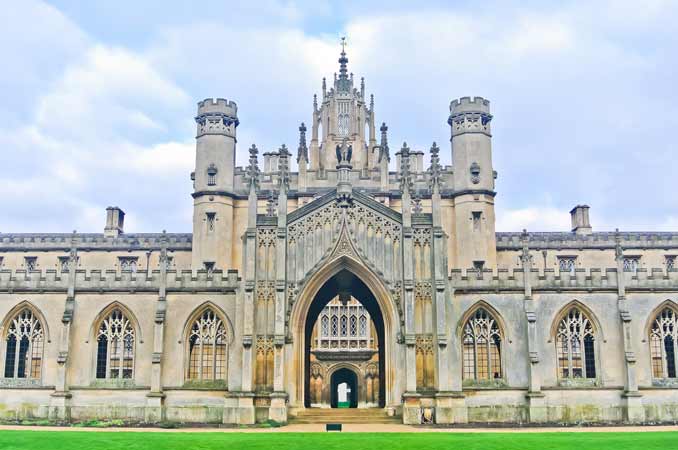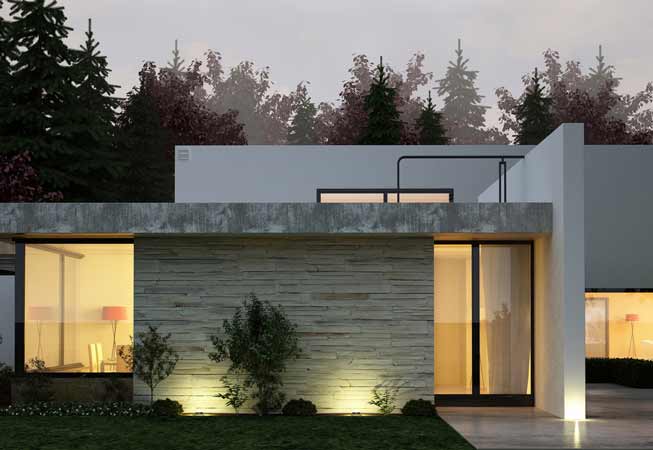The New York Institute of Photography is one of the world’s largest photography schools and because we are, we often publish fun and useful photography tips on our photography blog. Please enjoy!

A few students have reached out to us lately requesting some further clarification on asymmetrical balance. If this is a concept that confuses you as well, here’s what you should know:
Getting started, let’s first try to picture asymmetrical balance in terms of architecture rather than photography (the logic behind the explanation remains the same). There is a classical style of architecture which originated in ancient Greece and was popularized throughout Europe by a 16th Century Italian architect named Palladio. This "Palladian" architecture is based on buildings which are perfectly balanced; one side is the mirror image of the other, like the building above, with everything on the right repeated exactly on the left, and the upper floor of the central building also mirroring the lower floor.
In modern architecture, we see many buildings which are asymmetrical - the right and left sides are not mirror images, but the architects still try to create asymmetrical, or informal, balance by juxtaposing different elements that have similar visual weight or volume; the weight is similar but the elements are not identical, like the buildings below.

Want to learn more? NYIP offers accredited photography lessons that can help you improve your hobby or start a new career. Request your free course catalog today!






